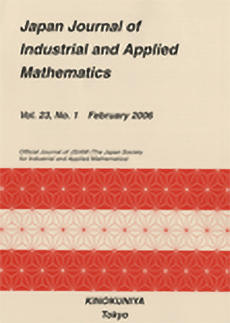Abstract
The source-sink dynamics is a major hypothesis to explain dispersal-mediated coexistence of locally exclusive competitors. We study Lotka--Volterra diffusive models of indirect competition in patchy metacommunities. In a model of exploitative competition, we numerically show that the effect of resource movement on the coexistence depends on demographic factors that create source-sink structures and that the dispersal rate of the superior competitor need not be higher than that of the inferior to promote dispersal-mediated coexistence. In a model of apparent competition, we analytically prove that dispersal can make coexistence possible even if any patches are sinks for the inferior resource species. The requirement for this coexistence is the lower dispersal rate of the inferior competitor. We conclude that dispersal among patches can be a mechanism to save inferior indirect competitors from regional extinction and that the level of spatial heterogeneity need not be so high to reverse the competitive rankings among patches.
Citation
Toshiyuki Namba. "Dispersal-Mediated Coexistence of Indirect Competitors in Source-Sink Metacommunities." Japan J. Indust. Appl. Math. 24 (1) 39 - 55, February 2007.
Information




